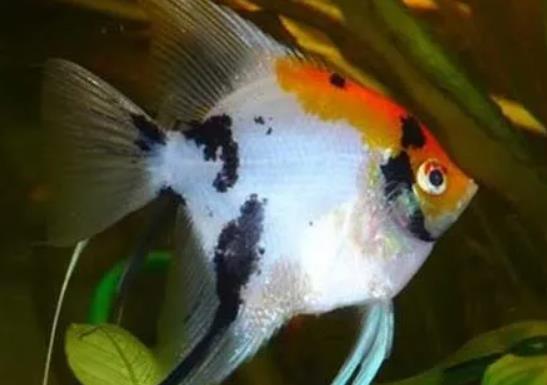1. Kissing Fish: Kissing fish are native to Thailand, Indonesia, Sumatra and other places. They are common ornamental fish. In the wild, their body length ranges from 20 to 33 centimeters, while in artificial breeding, it's usually 3 to 5 centimeters. Among ornamental fish varieties, they belong to the category of small ornamental fish. They got their name "kissing fish" because two fish often "kiss" each other, and they are favored by many fish enthusiasts, symbolizing everlasting love. In fact, not only fish of different sexes but also those of the same sex among kissing fish may have the "kissing" behavior. And the "kissing" is not an expression of friendship but a form of fighting.

2. Catfish: Catfish are also known as Silurus asotus, sticky fish, pond loach, livebearing fish, soil loach and so on. They are bottom-dwelling carnivorous fish. During the day, they mostly hide under grass, stones or at the bottom of deep water. Generally, they are more active in foraging at night. Their prey mainly consists of small fish, such as Hemiculter leucisculus, crucian carp, gobies, Pseudorasbora parva, common carp, loach and so on. They also eat shrimps and aquatic insects. Catfish mainly swallow their food, and the function of their teeth is mainly to prevent the food from escaping.
3. Red Zebra Danio: Red zebra danios are easy to raise. The suitable water temperature for them is between 18 and 26 degrees Celsius. They don't have strict requirements for water quality. The water should be neutral. They have strong heat and cold resistance and can grow well in water above 10 degrees Celsius. They are low-temperature and low-oxygen-tolerant fish. They like to eat bloodworms, red worms and so on. They can also be fed with pellet feed. They have a gentle temperament, are lively and cute, and swim almost constantly in the water all day long. They can be mixed with other small fish and are the most ideal fish species for beginners.
4. Pearl Gourami: Pearl gourami fish originally lived in waters with abundant aquatic plants. The suitable temperature range for them is from 20 to 30 degrees Celsius, and the most suitable growth water temperature is from 24 to 28 degrees Celsius with a pH value between 6.5 and 8.5. They have a gentle temperament, especially female fish. Male fish tend to attack female fish after mating, but usually, there is little fighting among male fish. They can't be mixed with fierce-tempered fish. Otherwise, they will be frightened, resulting in dull body color and even stop eating. Adult fish can't be mixed with small characin fish either, as they will chase and swallow these small fish.
5. Corydoras: Corydoras are excellent fish species for mixing in aquariums. In terms of classification, they belong to the genus Corydoras in the subfamily Corydoradinae of the order Siluriformes. So far, about 120 to 150 species have been discovered, but only about 80% of them have been officially named. The classification and names of many individual corydoras are confused. The optimal growth temperature for them is between 22 and 25 degrees Celsius. They are quite tame and can be mixed with most fish species.
6. Discus: Although discus fish are also called angelfish, they are far from being closely related to angelfish. Angelfish is the general term for Pterophyllum altum, Pterophyllum leopoldi and Pterophyllum scalare under the genus Pterophyllum, while discus fish is the general term for Symphysodon aequifasciatus, Symphysodon discus and Symphysodon tarzoo under the genus Symphysodon. They are suitable for soft water with a weak acidic to neutral pH value of about 6 to 7. However, most artificially improved varieties can also adapt to weak alkaline water with high hardness. Generally, as long as the average breeding water temperature is maintained between 26 and 28 degrees Celsius, it will be okay.
